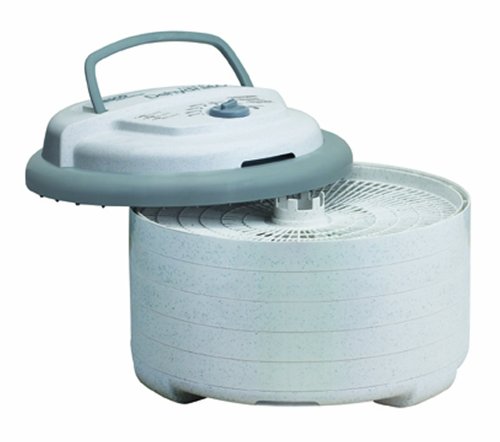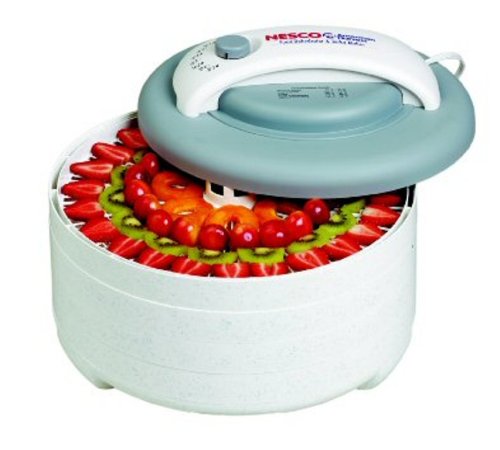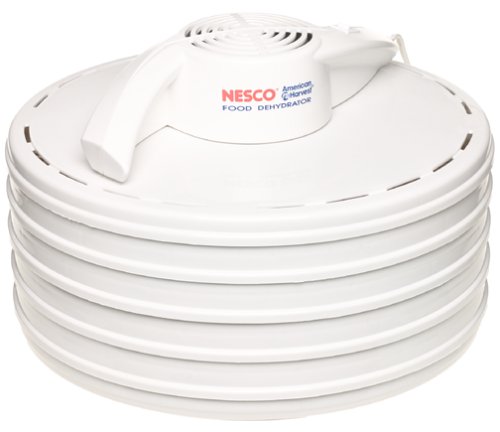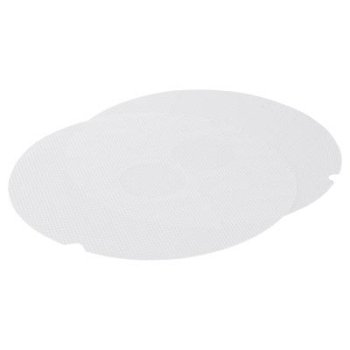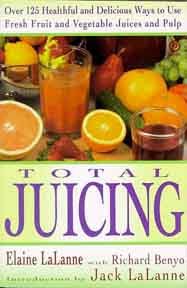
Total Juicing: The Complete Guide to Healthy and Delicious Fresh Fruit and Vegetable Juices by Elaine La Lanne, Richard Benyo, and Jack Lalanne Features & SpecificationsJuicing For Life Book - a review of the health benefits of juicing fresh fruit and veggies Total Juicing: The Complete Guide to Healthy and Delicious Fresh Fruit and Vegetable JuicesBy: Elaine LaLanne, Richard Benyo, and Jack LaLanneJUICE YOUR WAY TO HEALTH...EVEN HELP PREVENT CANCERAcross America, millions of people are discovering juicing as an easy, inexpensive, and delicious way to enjoy tremendous health and nutritional benefits. Today's new juice extractors have opened up an exciting avenue to taking control over your own health and well-being. Elaine and Jack LaLanne, who have been juicing for thirty years, discovered that fresh fruit and vegetable juices, and the fiber-rich pulp that the juicer yields, have excellent benefits when used in combination with a healthful diet. Now you can learn how to control weight and lower blood pressure, address such conditions as psoriasis, stomach ulcers, arthritis, anemia, and gout, and even help prevent cancer- all in your own kitchen. Total Juicing provides up-to-date information and more than 125 recipes for great juice combinations and for fruit and vegetable pulp. You'll find:An A-to-Z guide to juicing directions, vitamin and mineral content of fruits and vegetables, and health benefits of specific foods A weight-loss program that works-with fresh juicesThe dos and don'ts of making and storing juice Baby-food recipes from the juicer Terrific original recipes for breakfast drinks, lunchtime refershers, dinner beverages, flavorful desserts and bartender's tips as well Great recipe ideas for fiber-rich pulp 240 Pages
Kevin: So you've been at this for 23 years now. What are some of the most common pitfalls you see with a raw food or vegan diet?
Jameth: I think the number one pitfall that a raw fooder suffers from is, based on my 23 years of experience in raw food with countless tens of thousands of people, is if they're a regular person, they eat regular foods, and let's say they're ill and they go raw immediately and they get well, I actually think that is ultimately a mistake. Because I see people when they "fall off the wagon" so to speak, they fall off hard and they fall back to what they started from. So if I'm eating regular pizza and regular chicken and regular animal products, things like that, regular cookies, I fall off the wagon with raw, do things with family, I'll just go ahead and eat those and then, you know, "When I do that, and finish with my binge, then I'll just go back to being raw." And, I see a lot of people leaving raw foods or just being less healthy by going back and forth between those things. Because in raw the emphasis is so hard, and this is how I was taught too, on raw, that it forgets all the other things that are important, that make a raw food diet successful. And the number one thing that makes a raw food diet successful - all of a sudden, you are a whole food vegan.
If you become vegan, all of a sudden, if you stop eating animal products, cooked or raw - which are not good for you, you had an immense increase in your health. Your likelihood to get osteoporosis has plummeted; your likelihood to get cancer has plummeted; and as a whole food vegan, your likelihood to get heart disease is almost non-existent.
Now whole food meaning, you're not just eating white sugar, white flour, and hydrogenated oil - all of which are vegan, but all of which are absolutely abysmal for you. A whole food vegan would eat things like millet, amaranth, quinoa, chick peas, you know, grains, beans, legumes, fruits, vegetables - actual food, unadulterated by nature. You're also eating an organic diet, when you tend to go raw, and organic is huge. These things are just additives, and you don't just eat a whole food, organic, vegan diet, you also change completely the types of foods you're eating. For example, you don't go from eating, let's say a frozen vegan pizza, cooked, to a raw frozen vegan pizza. You change your food completely. You go from eating, let's say a frozen vegan pizza, or a regular pizza, to broccoli, and cauliflower, and fruits, and sprouts, and flaxseeds, and actual foods that are completely different types of foods. So the amount of nutrients you are getting by being a raw fooder, unless you're fruitarian, is dramatically higher. You're also usually consuming more water, unless you're doing lots of dehydrated things, or lots of cacao, you're more hydrated, which is immensely beneficial. Some diets include lots of raw vegetable juice, which is tremendously beneficial. And, you are also eating a lot of your food raw, which there is a benefit to actually having things raw too, but it's just one of the many benefits.
In raw food teaching, there is often taught, usually taught, that there's two categories of food: foods that are raw, and foods that are cooked, and there is nothing in between. So if you're eating something cooked, well it might as well be cheese lasagna, rather than tofu lasagna, because in the raw food world, there's really no difference. And I've seen that information devastate peoples health, and I seen it have people leave the raw foods movement who would be having, let's say, 80, 90% of their health has improved, and like "Wow, I love this." And maybe 10 or 20% hasn't, or 10 or 20% may have gotten worse, for some reason, some deficiency cropped up somewhere. And, if they usually talk to the raw food leaders or look at raw food text, they say, "Well, there's a problem with you, you're cleansing, you're this, you're that, blah blah blah blah. You've got to stay raw, because all cooked food is poison." Even the, you know, sometimes even with macrobiotic diets, which the healing macrobiotic diet is an all-cooked food, vegan diet, there are many people who have overcome cancer with that. Now you can't overcome cancer on poison, and by no means am I an advocate of macrobiotics, by any stretch of the imagination, because I think macrobiotics is very depleting long term but far better than the standard American diet.
So I think it's important to be a whole food vegan at some point, and get a good basis of that. And if raw foods is not working for some reason, don't throw the baby out with the bath water.
Kevin: So some of the deficiencies that you encounter, with raw food are, maybe...
Jameth: I'm not saying they're widespread, I just want to make sure it's clear. I've met 20 plus year raw fooders who, for the most part, were following that regime, and who appear to be vibrantly healthy and they're in excellent health, and I have no interest in trying to change their diet whatsoever. I just want them to live optimally and have the creatures of the planet live optimally and the planet as well. But for those who do, there's some - there's a group of raw fooders - I don't know how to necessarily define the types yet - but it might be, people who tend to be vata, it is, in my experience, don't necessarily thrive on 100% raw foods. And it could be that there's possibly deficiencies of a type of protein, because it's not a deficiency of protein, because on raw foods, if you eat an appropriate amount of nuts and seeds - and I think you can eat way too much of those - but an appropriate amount, let's say, one handful or so, you can get tons of protein doing that. But there's some vata types, with my experience, take a long time to recover from working out, and it has a much harder time building muscle, just on nut and seed protein. And you can't really eat enough broccoli, because broccoli has, I think 20 or 30% - protein, very high. But to get that much grams of protein from broccoli, it's virtually impossible. To eat that many calories, you would actually have to juice a couple of cases of stalks of broccoli to get sufficient protein - and you would get sufficient protein in that case. But broccoli's also a cruciferous vegetable, and I love cruciferous vegetables for the liver detoxifying, for their anti-cancer benefits and they have some hormone balancing benefits too. They're phenomenal foods. But raw broccoli, or any raw cruciferous in a large quantity, is really, really hard to process. It's hard to deal with. So in cases like that, I've seen, if people move over to the legume family, it does not have to be soy beans. Soy beans are one of hundreds of different legumes. If you don't like soy beans for some reason, just don't eat them - not necessary. Lentils, chick peas, mung beans, adzuki beans, things like that. Now you can certainly do those raw, but it's ironic that one of the reasons that soy is indicted amongst the raw foods communities is because research on raw soy shows that it is very difficult to digest. It has enzyme and protein and other inhibitors in it that make it hard to deal with and hard to grow on, but that's when the soy beans are raw. Now when you sprout any legume, any legume sprouted still has a lot of these anti-nutrients in them and it's harder to digest and get everything out of a raw legume sprout. Now it's almost ironic though, when you steam those legumes you do destroy all those enzyme inhibitors and the enzymes as well. But at least you're enzymatically neutral now. You have not cooked it, or charred it, or burned it so there's no lucocytosis raising of the white blood cell count, with steamed legumes or any steamed vegetable. For those people who don't thrive on raw, if they do that, sprouted and steamed legumes, not lightly steamed you've got to steam it the whole way. Raw is just hard to digest. Most people don't even make raw hummus anymore with raw chick peas. Have you noticed that?
Kevin: Yes.
Jameth: Because they are notoriously difficult to digest raw. I've made lots of raw chick pea in my day, lots of raw sprouted things and always the thing I used to do and still do is the stuff that's left over, a dip or pate or something, well you throw it in the dehydrator and make raw chick pea burgers and eat them the next day for dinner. I did that one time and I ate the things in the morning, the raw chick pea hummus we had the day before, a whole bunch of them, I brought them to my seminar and man, I had a hard time even being in the seminar because I had so much volume of gas, that smelled so bad and I was in so much pain that I couldn't actually socially be in the actual building. I had to walk outside.
Kevin: Wow.
Jameth: Now that was because I had a concentrated, dehydrated version. Now if you sprout chick peas, and chick peas can be hard to sprout. Sometimes they just go bad before they sprout. Now I don't mean soak. So actually sprouted chick peas that are steamed then mixed with raw tahini, no reason in any way shape or form to cook your tahini, is phenomenally digestible. Really, really awesomely digestible and to get back, if you sprout your legumes, steam them and put a little bit of flax oil on them and salt them whether it be Himalayan salt, Celtic sea salt, a little bit of gluten free tamari or miso, some sort of good quality source of organic sodium, in my experience I have never seen that not take away someone's craving or desire for flesh. That is so much better for you nutritionally than eating a piece of flesh, raw or not. By any measurement that science has currently come up including [indecipherable] photography, it's far superior to do that than it is to eat raw flesh. So what I'm saying is rather than throwing the baby out with the bath water and being 100% raw, if you're eating an animal product because you're better off not. You're better off eating a whole food vegan cooked food like sprouted, steamed, salted, flax oil, legume that I talked about. That's my experience.
Kevin Gianni the host of "Renegade Health Show" - a fun and informative daily health show that is changing the perception of health across the world. His is an internationally known health advocate, author, and film consultant. He has helped thousands and thousands of people in over 21 countries though online health teleseminars about abundance, optimum health and longevity He is also the creator and co-author of "The Busy Person's Fitness Solution."
dehydrator
 Easy-to-use dehydrator for drying fruit, vegetables, herbs and jerky. Lay out jerky strips with ease. Includes spices and cure packets.
Easy-to-use dehydrator for drying fruit, vegetables, herbs and jerky. Lay out jerky strips with ease. Includes spices and cure packets.

